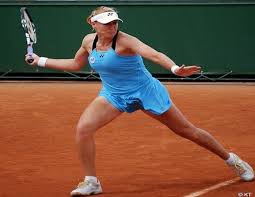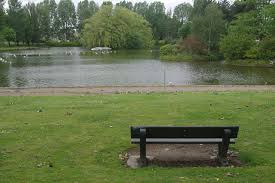
‘A writer is someone for whom writing is more difficult than it is for other people.’ – Thomas Mann
Even though I’ve had many of my short stories published, plus a novel, and a second novel accepted, I’m always wanting to learn more about the writing process – especially the link between creativity and spirituality. Four weeks ago I enrolled in ‘The Mindful Writer’, a course devised and presented by Walter Mason. Highly recommended. He combines the insights of meditation and mindfulness with the joy of creative writing.
‘Tap into your true creative thinking through mindfulness and become aware of the vast reserves of wisdom within.’ – Walter Mason
Dinty Moore, in his book The Mindful Writer, Noble Truths of the Writing Life, says his lifelong pursuit of writing and creativity has helped to open him to the path of Buddhism:
“Find inspiration and insight on writing as a spiritual practice through astute quotes, thoughtful advice, and productive exercises on both mindfulness and craft. This isn’t your typical “how to write” book. Author Dinty W. Moore, a well-respected writing coach and teacher, thoughtfully illuminates the creative process: where writing and creativity originate, how mindfulness plays into work, how to cultivate good writing habits and grow as a person, and what it means to live a life dedicated to writing. The Mindful Writer features bite-sized essays that will delight and inform not only writers, but also other artists, mediators and mindfulness practitioners. Built around heartening quotes from famous writers and thinkers, it is a resource that readers will turn to again and again for guidance and encouragement.” – Simon & Schuster Australia
On the never-ending path of learning more about the craft of writing, I also enrolled at the Blogging University (yet again) and took the WordPress course Writing: Shaping Your Story – an intermediate course on the art of revision: four weeks of self-editing and rewriting. Dig into the process of focusing and building a story, whether fiction or nonfiction. Lots of useful information. And the course is free :).
So back to my desk now and to the work of crafting a new novel.




